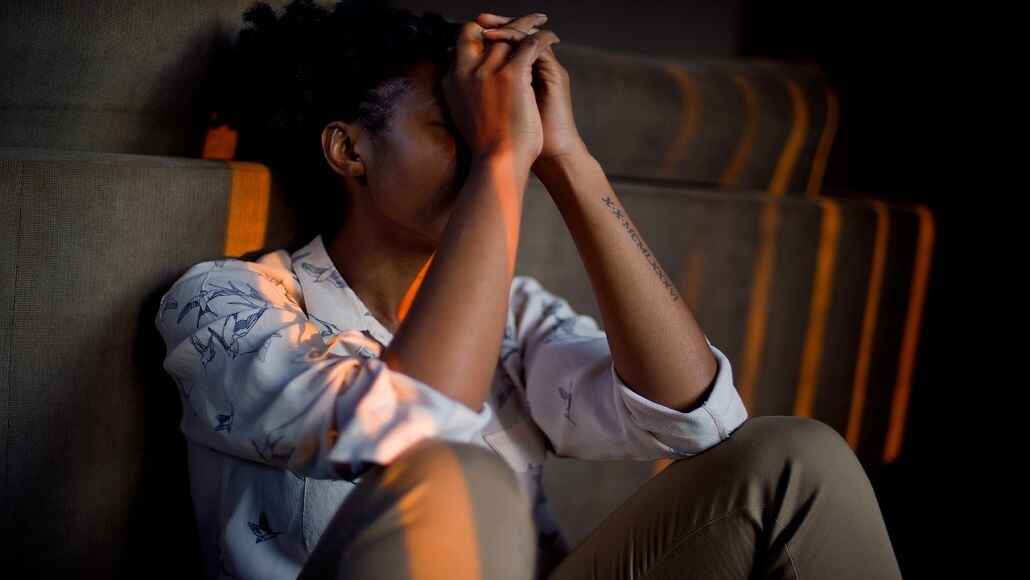Are you curious about the current state of youth mental health in Melbourne?
Statistical evidence shows our young people are experiencing mental health challenges like never before that warrant immediate action. Melbourne’s young population faces a complicated mental health environment because of growing anxiety levels and increased demand for mental health services along with isolation effects from the pandemic.
Once we understand these challenges and learn to spot warning signs we will be able to provide better support to young people around us and help them access the resources they need.
Inside This Guide:
- The Mental Health Crisis Among Melbourne’s Youth
- How Melbourne’s Youth Are Accessing Help
- The Pandemic’s Long Shadow on Youth Mental Health
- Beyond Mental Illness: Substance Use and Contemporary Challenges
- Recognizing Warning Signs in Young People
The Mental Health Crisis Among Melbourne’s Youth
Recent years have seen young Australian citizens living in urban centers such as Melbourne experience significant increases in mental health problems. The proportion of Australians aged 16-24 who experienced a mental health disorder reached 40% in 2022 which represents a significant rise from the 26% reported in 2007 based on government data.
The data shows that 45.5% of young women face mental health challenges while this rate stands at 32.4% for young men. Recent social pressures and pandemic disruptions together with online experiences have intensified existing patterns which create this gender-based mental health disparity.
The statistics regarding anxiety become equally concerning when we examine this condition which stands as the leading mental health issue among young Australians. The largest mental health issue for young people manifests in anxiety disorders since two-fifths of young women and one-quarter of young men are affected.
Mental health issues begin to impact individuals during earlier stages than you might expect.
Mental health issues affect children between the ages of 8 and 13 at a high rate. Research indicates that 16% of young children show signs of anxiety while 23% demonstrate depressive symptoms. Rates of mental health issues show higher levels in regional locations and female populations which underscores the necessity to address geographical differences and gender-specific risks.
How Melbourne’s Youth Are Accessing Help
Although various barriers continue to exist, recent trends indicate that young people show greater readiness to pursue mental health assistance. During 2021-22 approximately 643,000 young people between the ages of 12 and 24 made up 23% of all recipients of Medicare-subsidized mental health services. The data indicates that social stigma towards mental health issues appears to be diminishing while public understanding of mental health support is expanding.
Significant challenges regarding service availability and accessibility still persist throughout specific areas of Melbourne. The mental health statistics in Melbourne show that demand often outpaces supply, with many young people facing long wait times for specialized care.
The divide between mental health needs and available services is especially significant for:
- The mental health care system has created significant access barriers for young individuals who come from linguistically and culturally varied communities.
- Indigenous youth
- Those experiencing socioeconomic disadvantage
- LGBTQ+ young people
Distinct barriers exist for each group that prevents access to care and necessitates specialized mental health support approaches.
The Pandemic’s Long Shadow on Youth Mental Health
Let’s be honest…
COVID-19 transformed daily life significantly for all individuals – but young people already facing mental health challenges faced the biggest impact. The educational interruptions and social development setbacks alongside daily routine changes during the pandemic have produced long-standing consequences for young people in Melbourne.
Melbourne faced Australia’s toughest lockdown restrictions which included prolonged school closures and isolation of young people from their peers at vital development phases. The unprecedented situation during the pandemic led to mental health effects that continue to affect people today.
The primary pandemic-related influences on youth mental health involve disrupted education and career pathways, limited social interaction during developmental years, heightened family tensions because of lockdown stress, increased exposure to domestic violence among vulnerable youth and intensified anxiety about the future.
- Disrupted education and career pathways
- Limited social interaction during formative years
- Increased family tensions due to lockdown stress
- Certain vulnerable youths experienced more domestic violence during the pandemic.
- Heightened anxiety about the future
Studies from 2018-2022 reveal that between 44-53% of young people maintained “flourishing” mental health characterized both by the absence of illness and the presence of strong wellbeing factors. The resilience observed in youth populations is positive news but pandemic-related disengagement continues to pose a major problem.
Beyond Mental Illness: Substance Use and Contemporary Challenges
Mental health challenges don’t exist in isolation. Multiple social behaviors and external factors intersect with mental health issues to make recovery more complex for young people.
Data reveals that 5% of seventh through tenth graders vape frequently yet this percentage climbs to 15% for students in eleventh and twelfth grades. The growing prevalence of vaping presents a dual health threat which typically accompanies psychological health issues.
Multiple studies reveal high rates of psychological distress because 30-40% of surveyed young people report significant distress. The data indicates that Melbourne’s young population faces severe pressures as their distress rates surpass national averages.
Recognizing Warning Signs in Young People
Early detection of mental health problems leads to significantly better outcomes. These indicators help to recognize when a young person may be facing difficulties:
- Long-term mood swings reflect ongoing emotional distress through persistent irritability or feelings of sadness.
- Withdrawal from previously enjoyed activities and relationships
- Changes in sleeping or eating patterns
- Declining academic performance
- Expressions of hopelessness or worthlessness
- Increased risk-taking behaviors
- Substance use
The presentation of these signs can vary depending on gender, cultural background and individual personality traits. Young men are more likely to demonstrate their mental health difficulties by showing anger instead of sadness.
How Melbourne’s Support Systems Are Responding
Multiple strategies have been created to address youth mental health problems in Melbourne.
- Headspace centers offering youth-friendly mental health support
- School wellbeing programs focused on early intervention
- Healthcare providers increased their online and telehealth services during pandemic restrictions.
- Community-based youth services with mental health components
These mental health services represent vital progress toward solving the crisis but continue to leave service gaps for specific groups and locations.
What Parents and Caregivers Can Do
Young person caregivers have multiple practical methods at their disposal to support their charge’s mental health.
- Establish opportunities for honest discussions about emotions and mental health
- Demonstrate effective coping methods through your personal experiences
- Learn about available resources before they’re needed
- Learn to identify situations that require professional mental health support and understand how to obtain that support.
Supporting adolescents with mental health conditions requires considerable effort. To deliver ongoing support you need to maintain your personal wellbeing.
Melbourne-Specific Resources for Youth Mental Health
Multiple local Melbourne resources are especially beneficial for young people who need support.
- Headspace centers are located in Melbourne CBD and Collingwood along with multiple other sites.
- The mental health program at Royal Children’s Hospital offers intensive support services.
- Orygen Youth Health for specialized early intervention
- Kids Helpline offers 24/7 telephone counseling through its 1800 55 1800 number.
- Online support and informational resources can be found through Youth Beyond Blue.
Wrapping Up: The Path Forward
Melbourne’s youth face major mental health challenges which can be overcome with the right strategies. Through enhanced awareness and earlier interventions alongside expanded youth-friendly services we can build a future where young people receive stronger support.
Clinical evidence and statistical data show that mental health support yields the best outcomes when it follows specific guidelines.
- Early
- Appropriate to developmental stage
- Culturally responsive
- Comprehensive
If we identify warning signs and build protective factors while connecting youth to suitable support we can prevent mental health challenges from controlling their futures.
Remember: Accessing help demonstrates a commitment to developing personal strength and resilience which will benefit young people throughout their life.


















